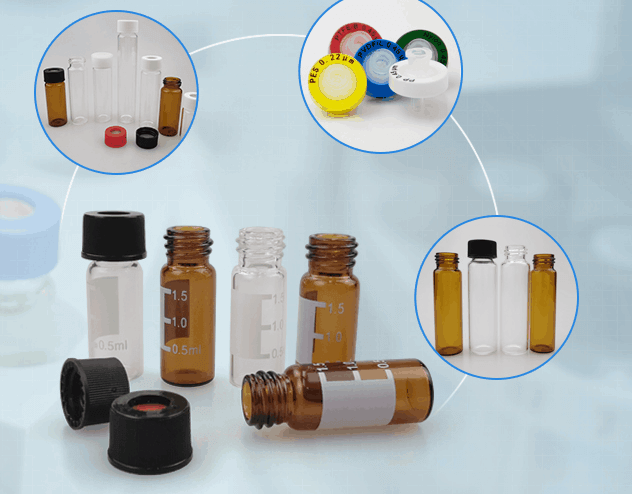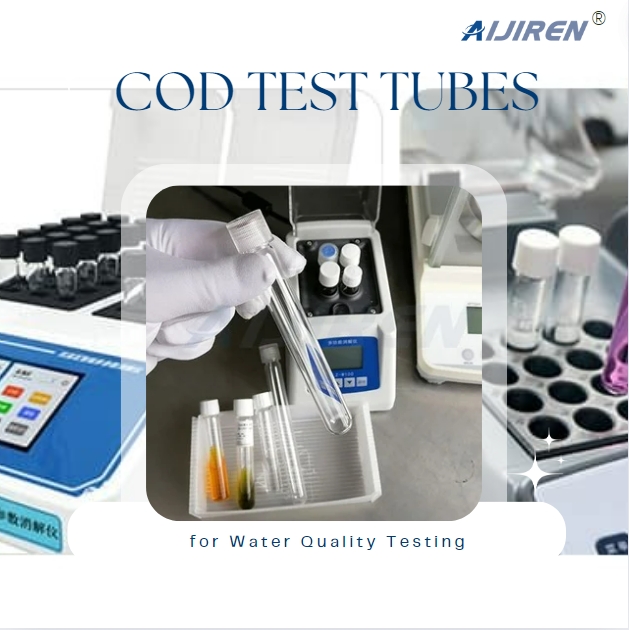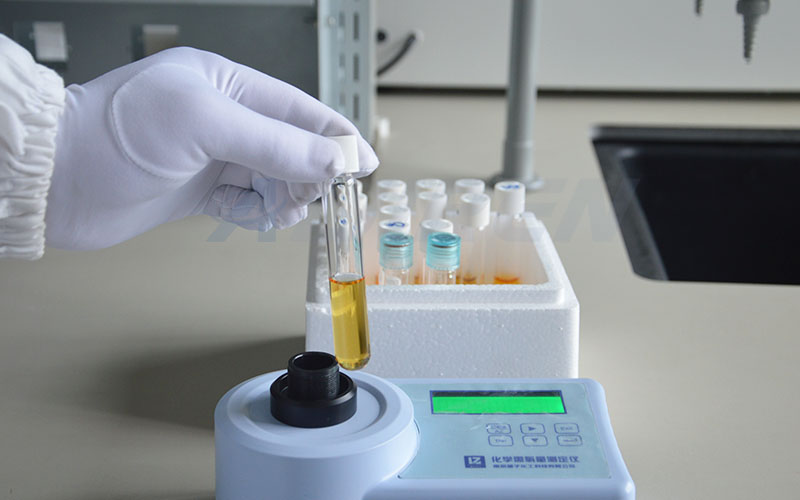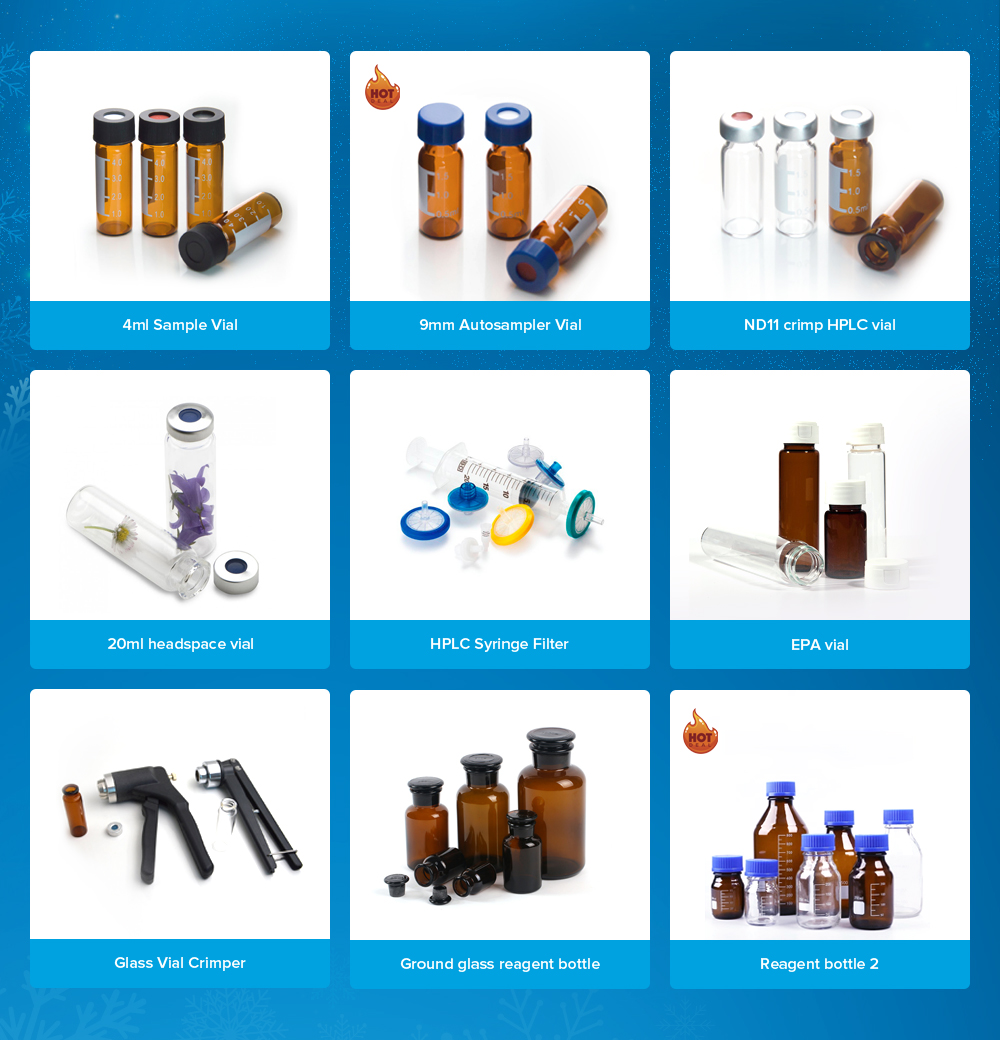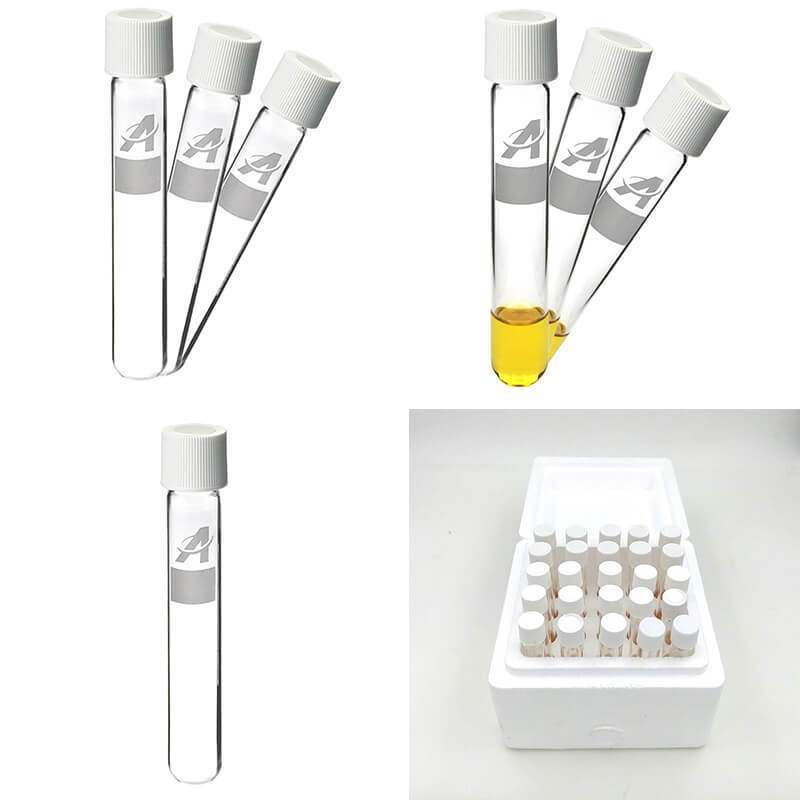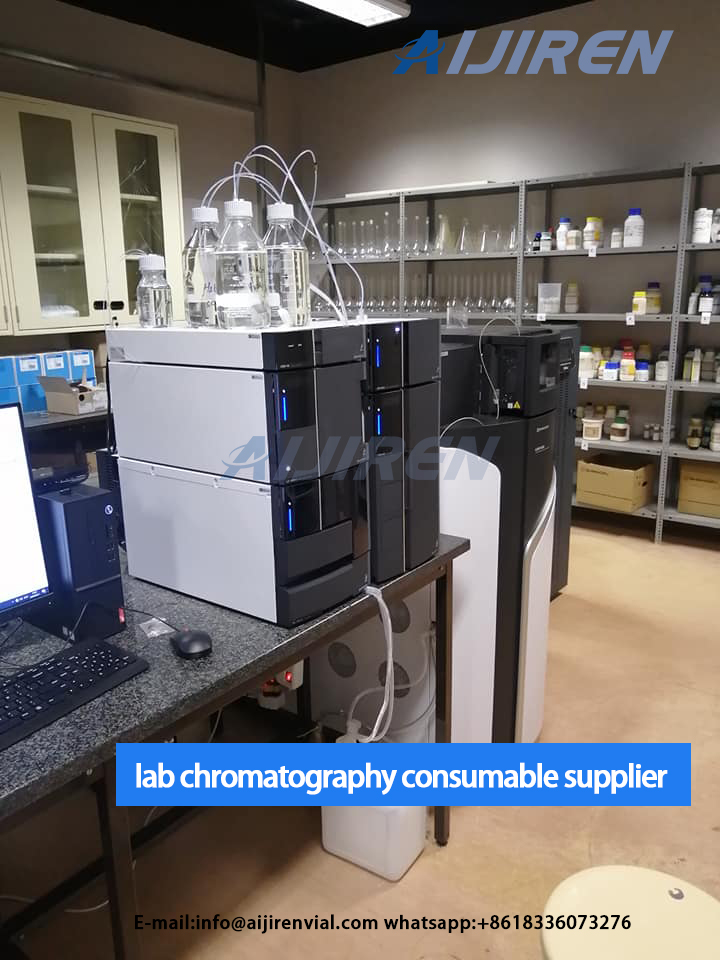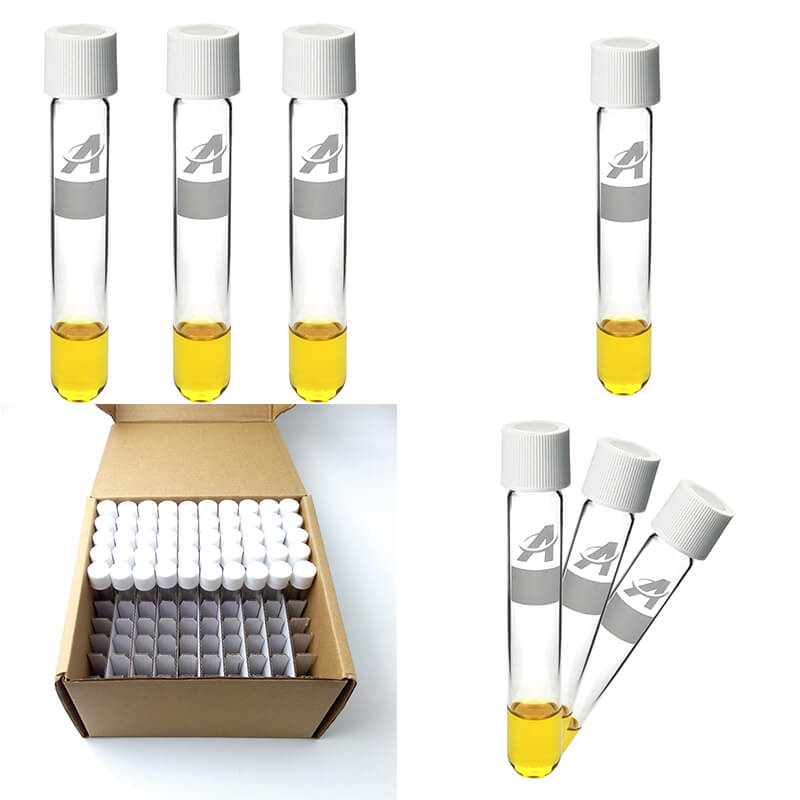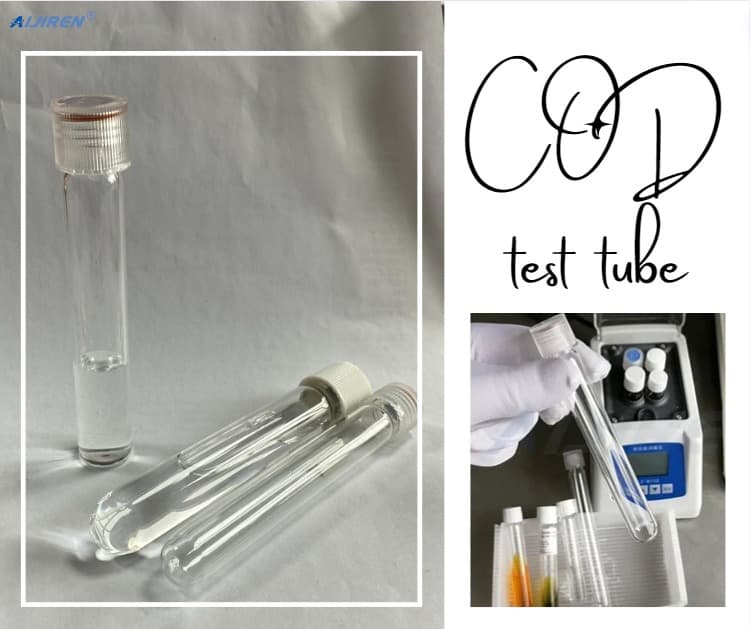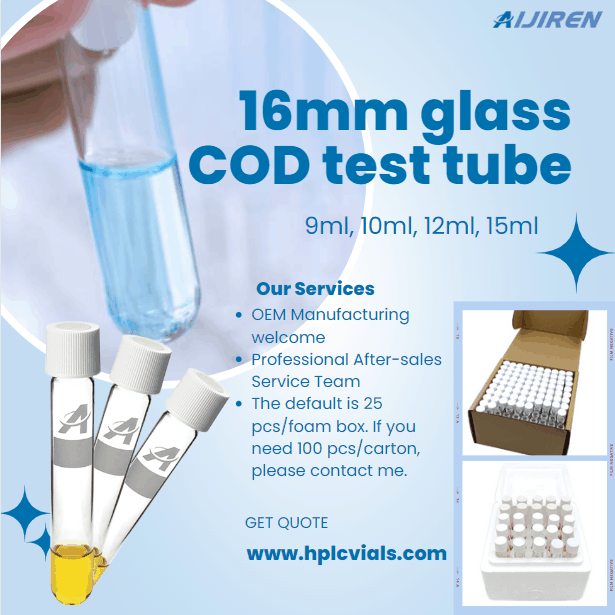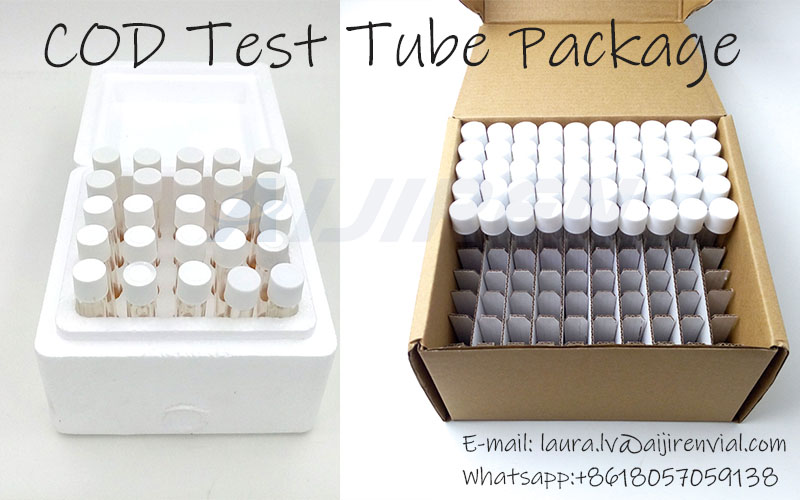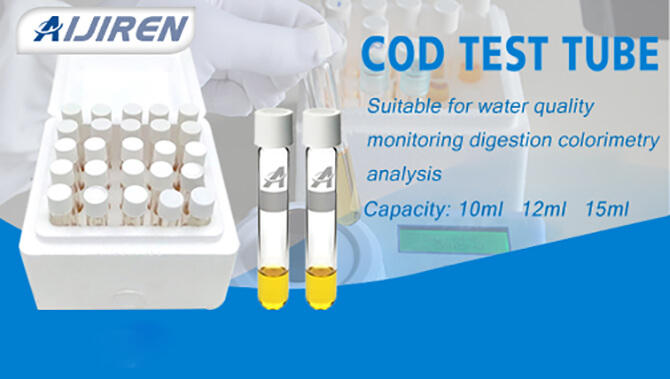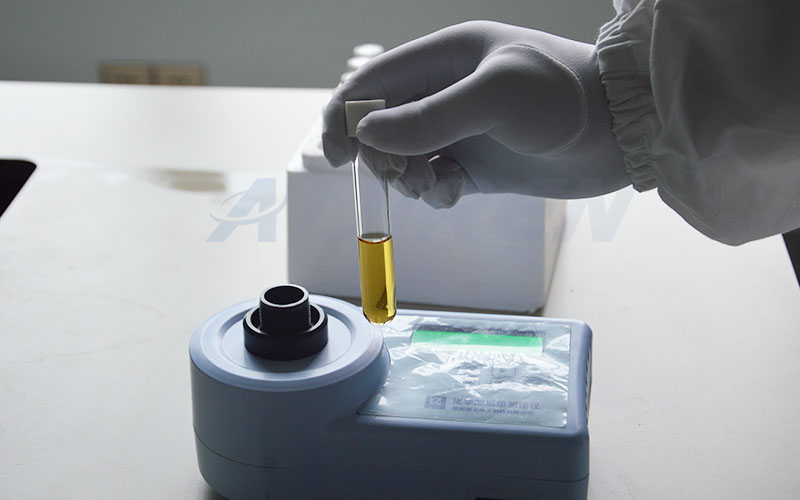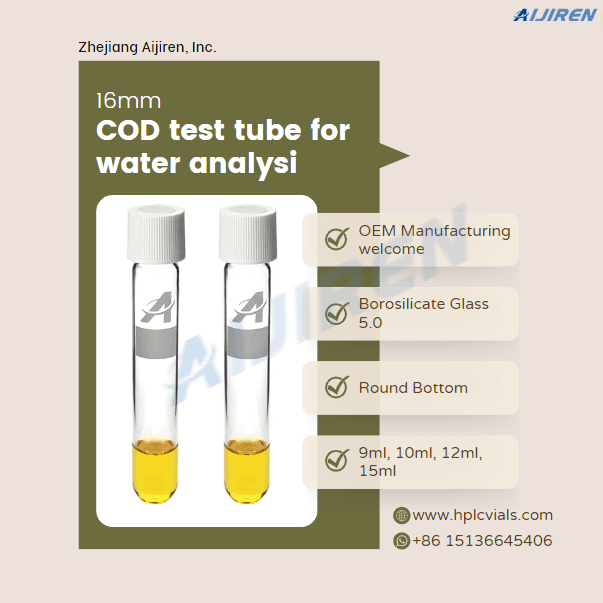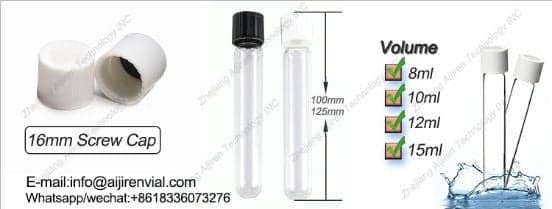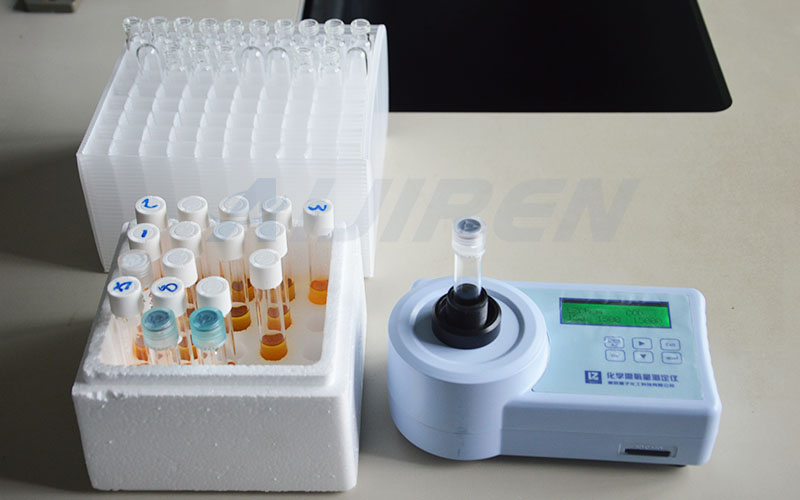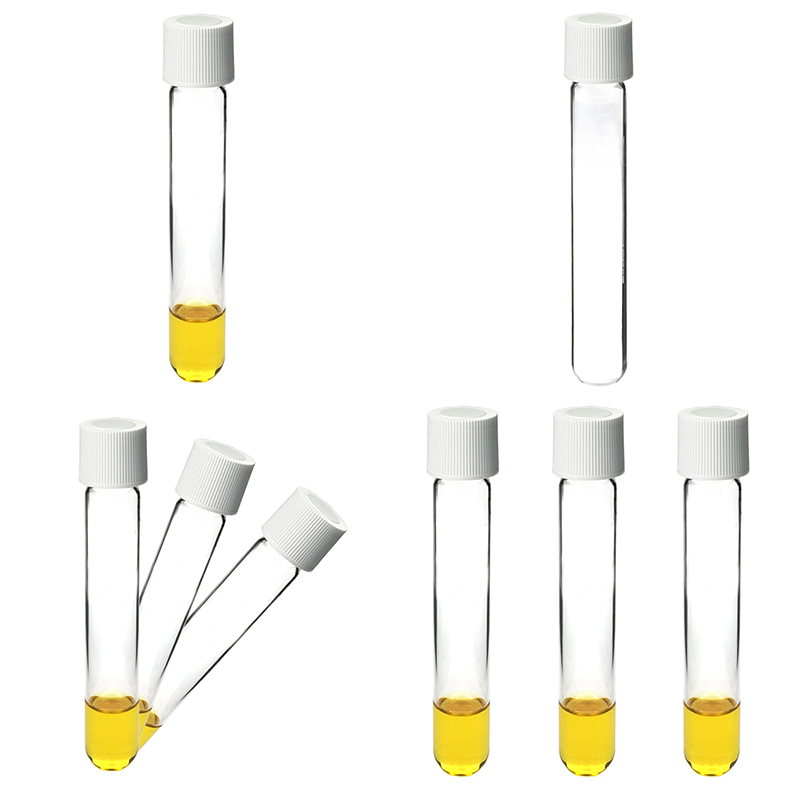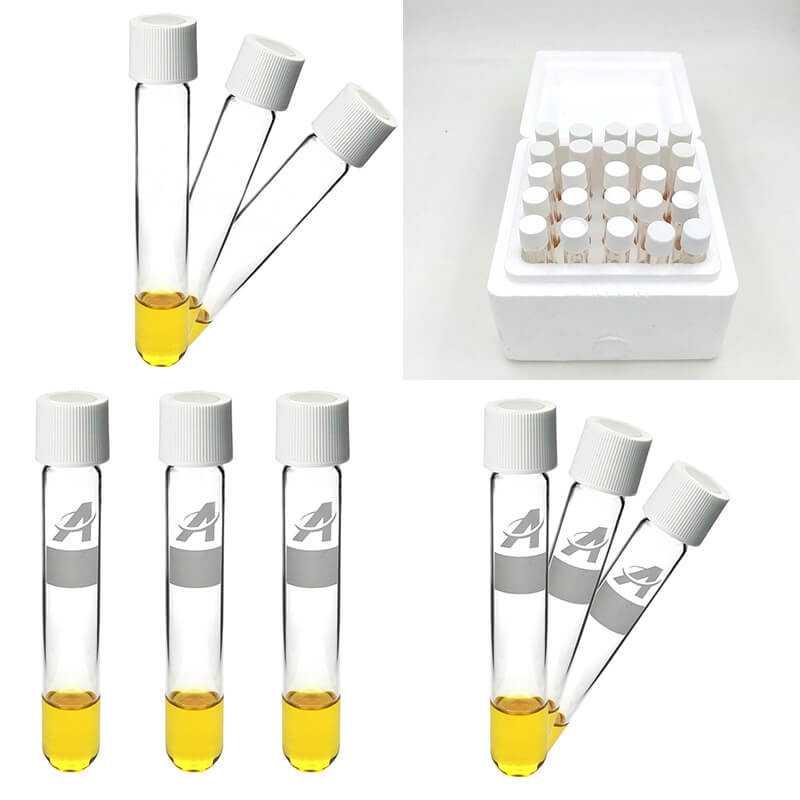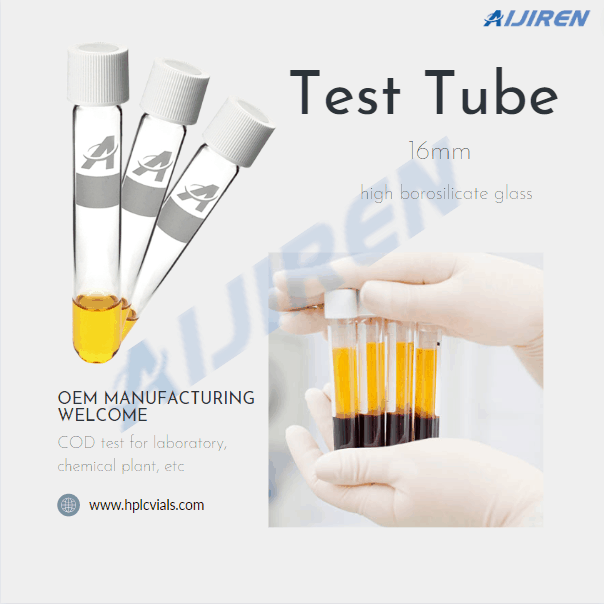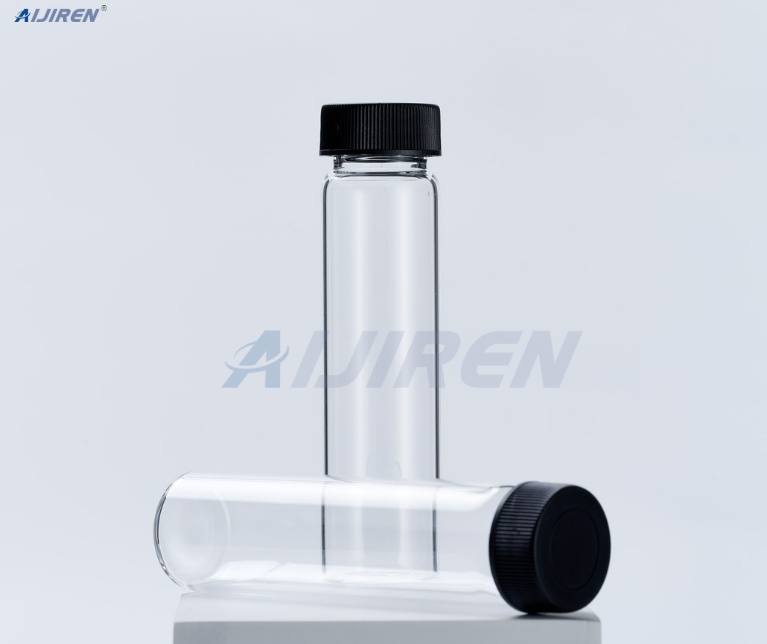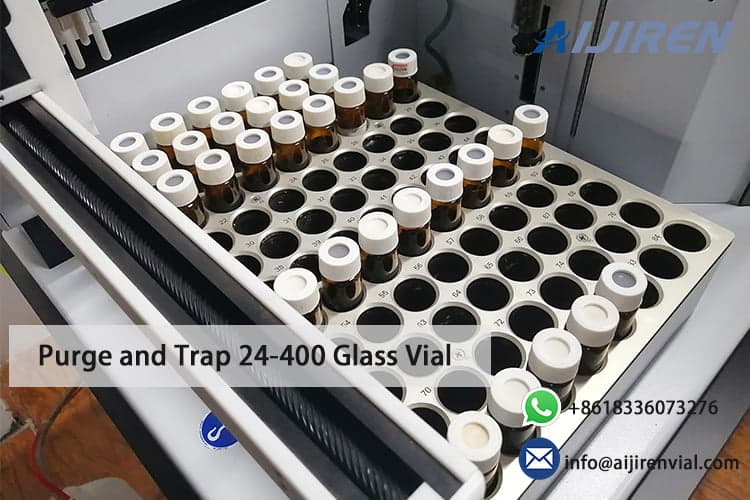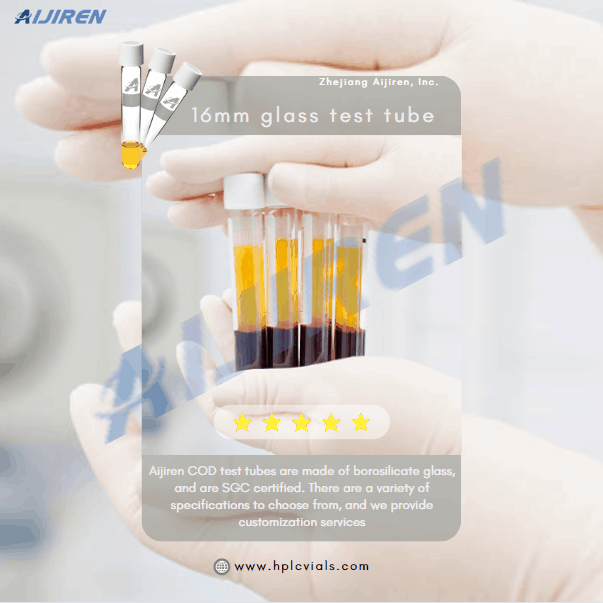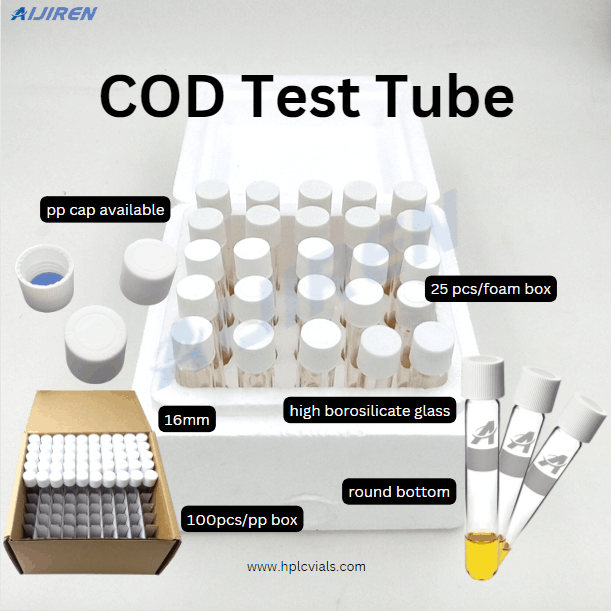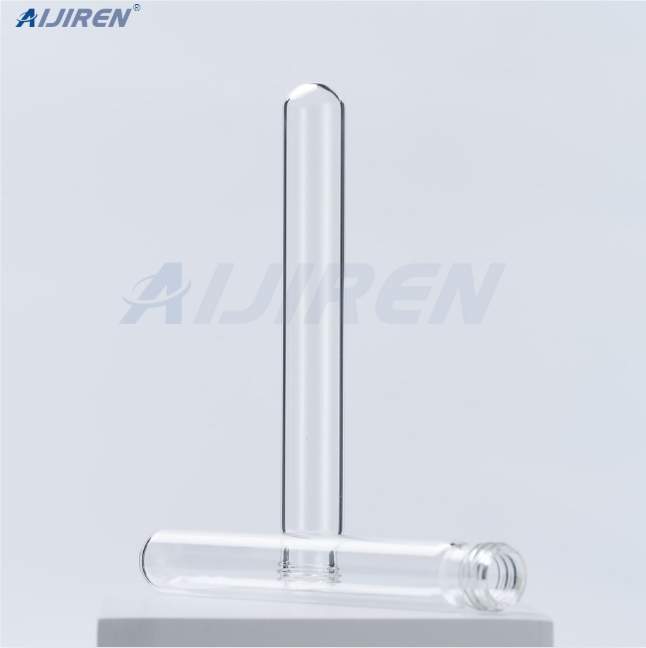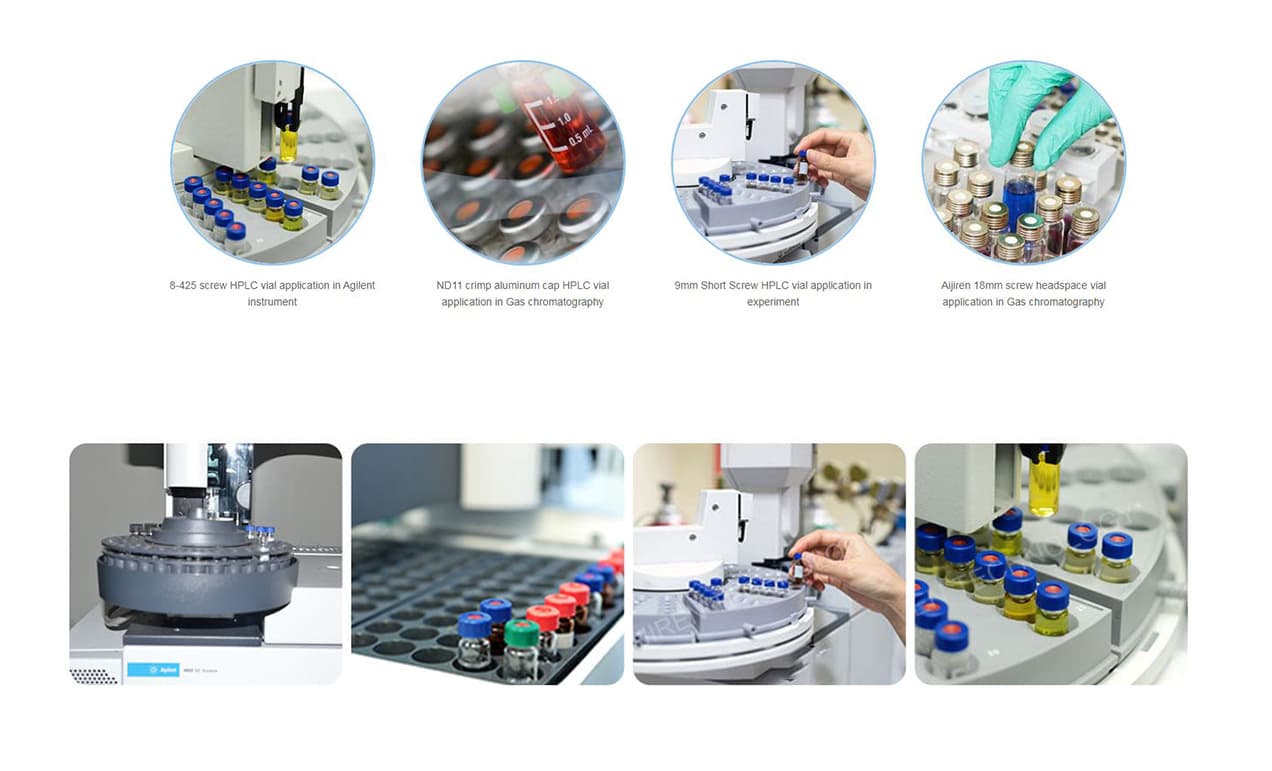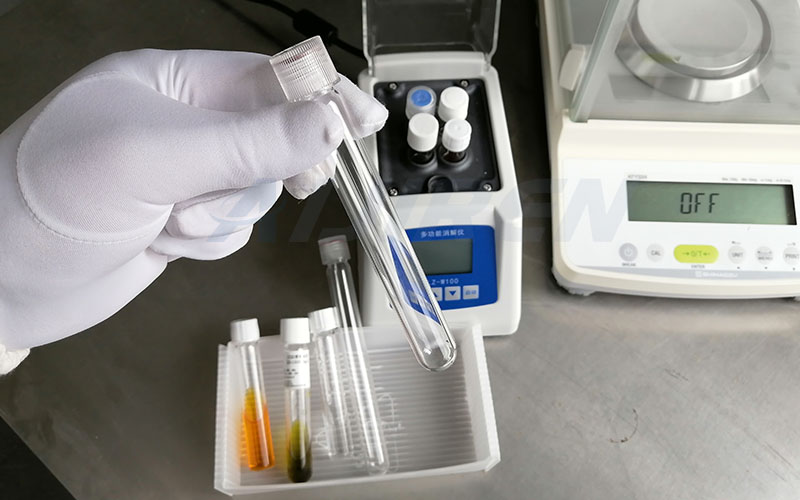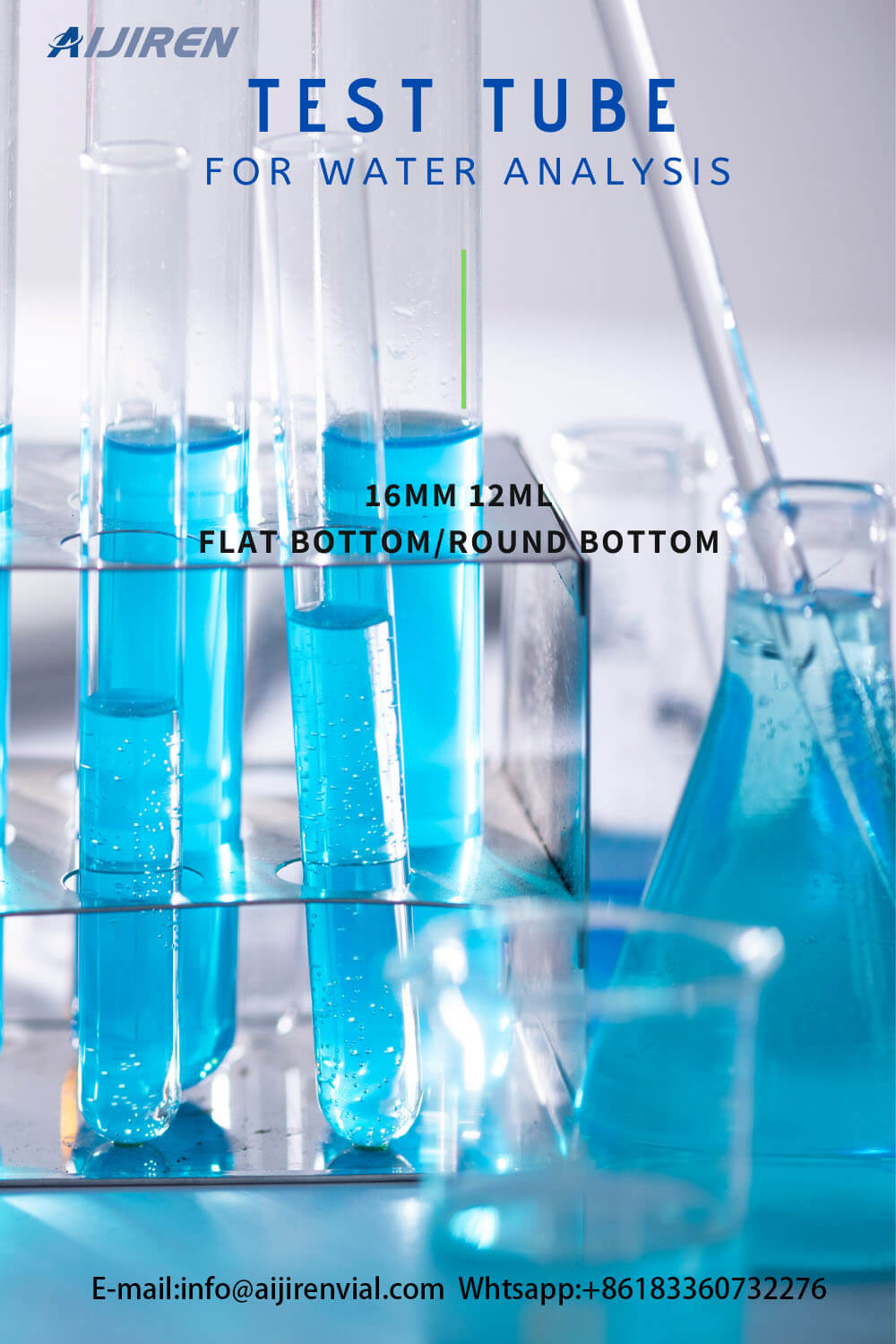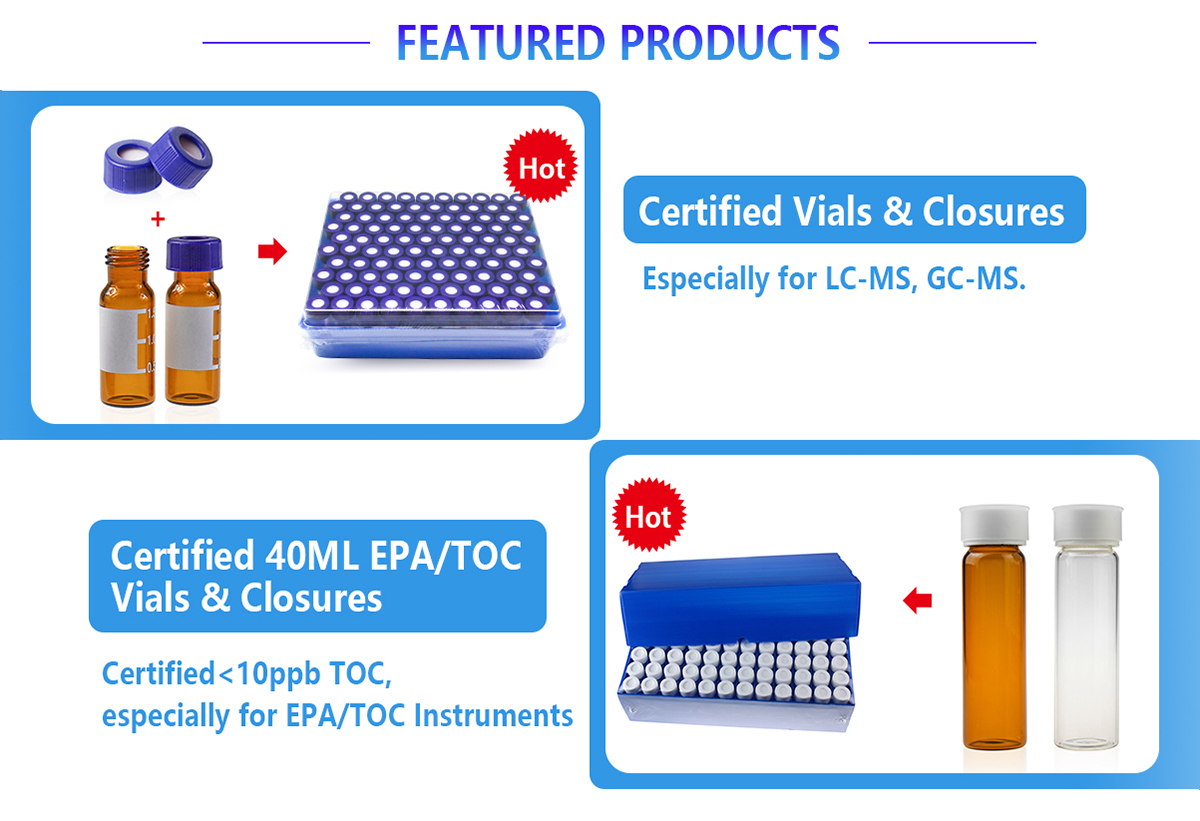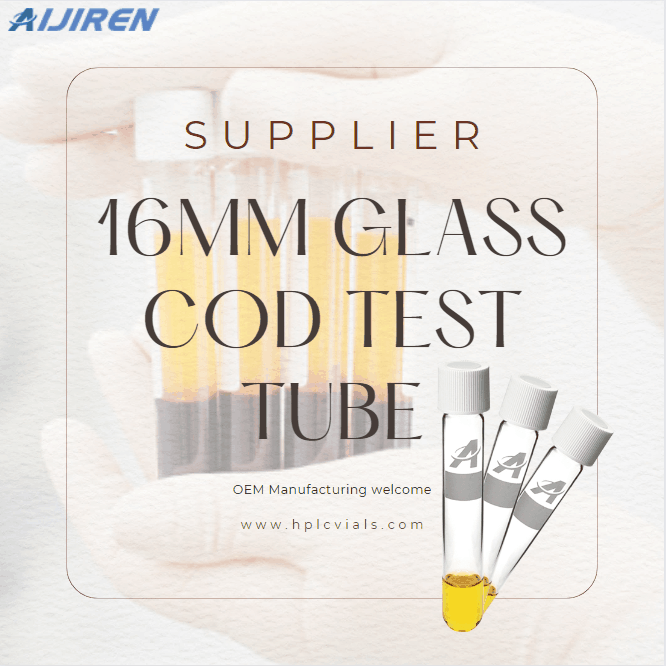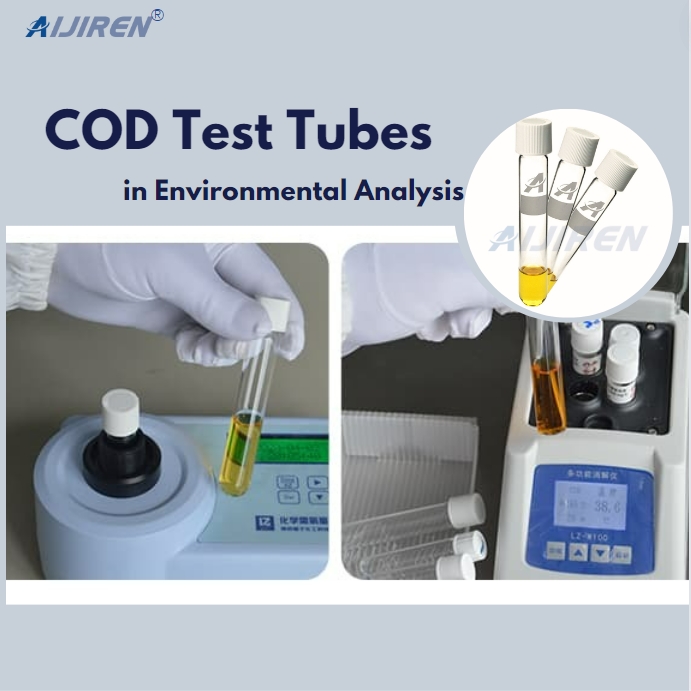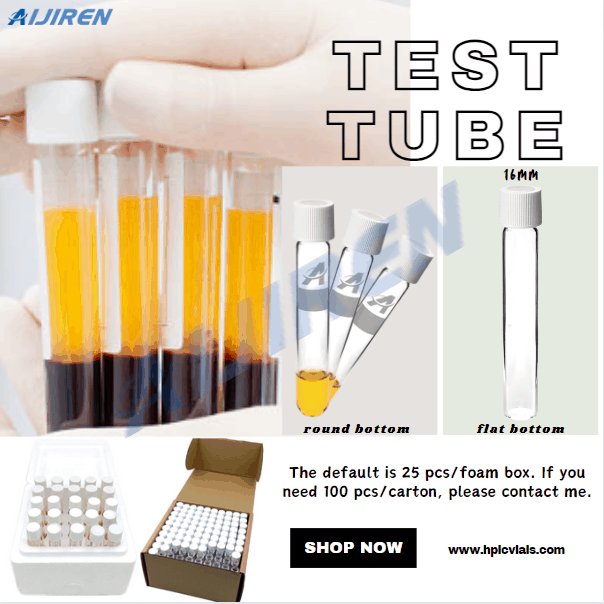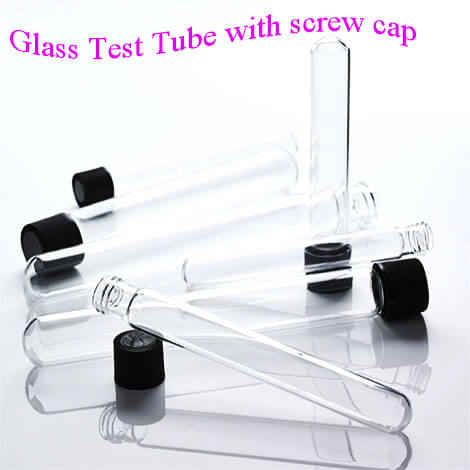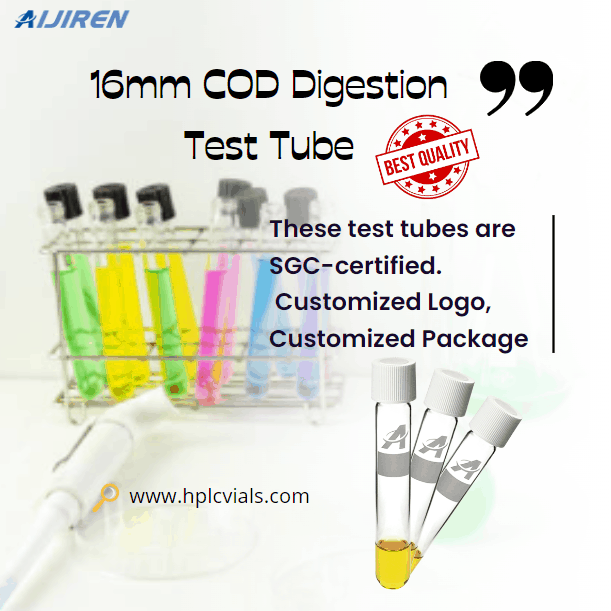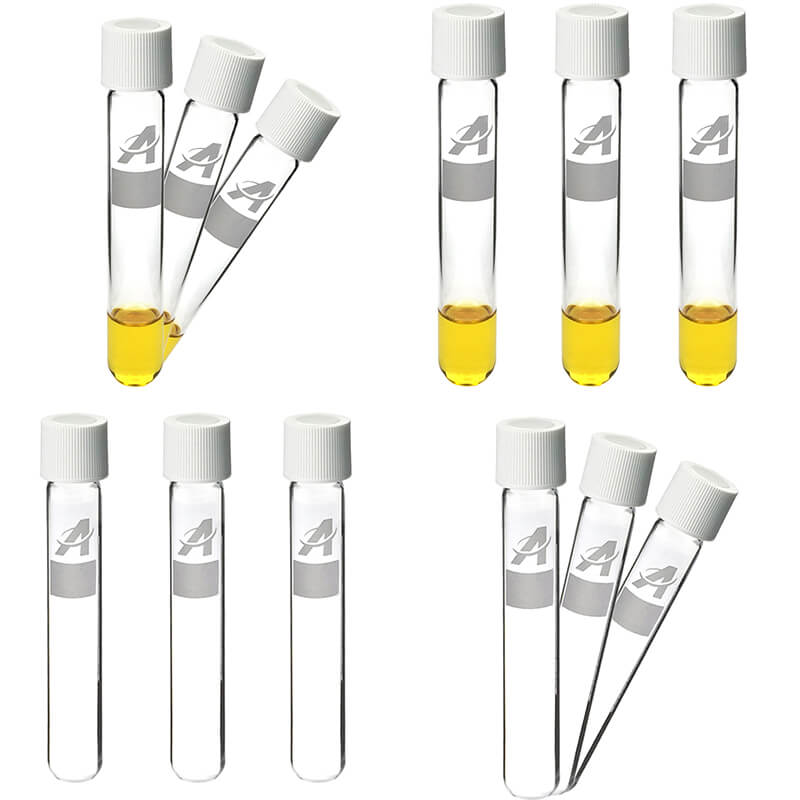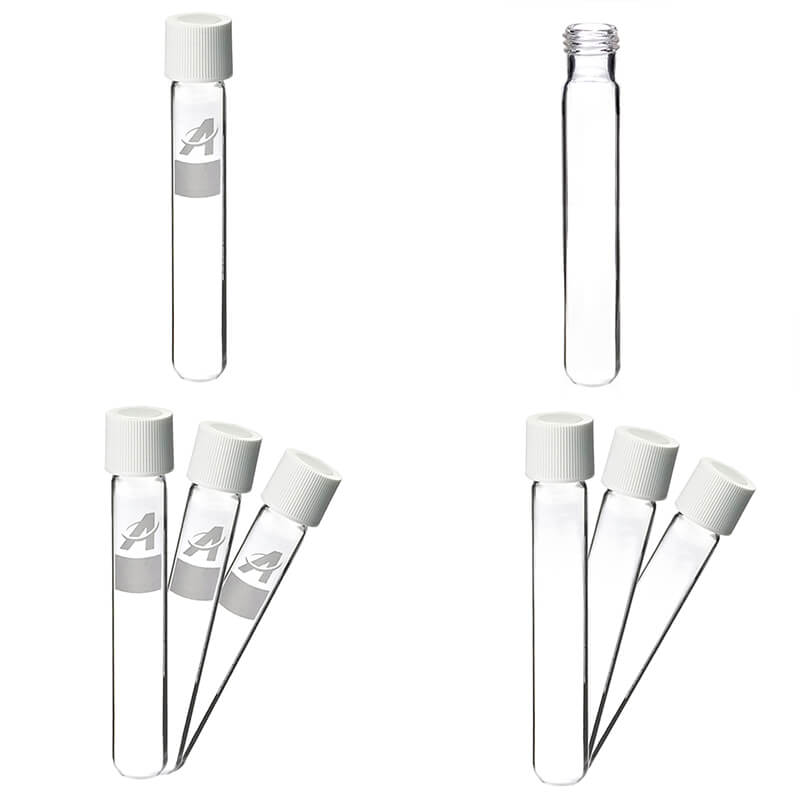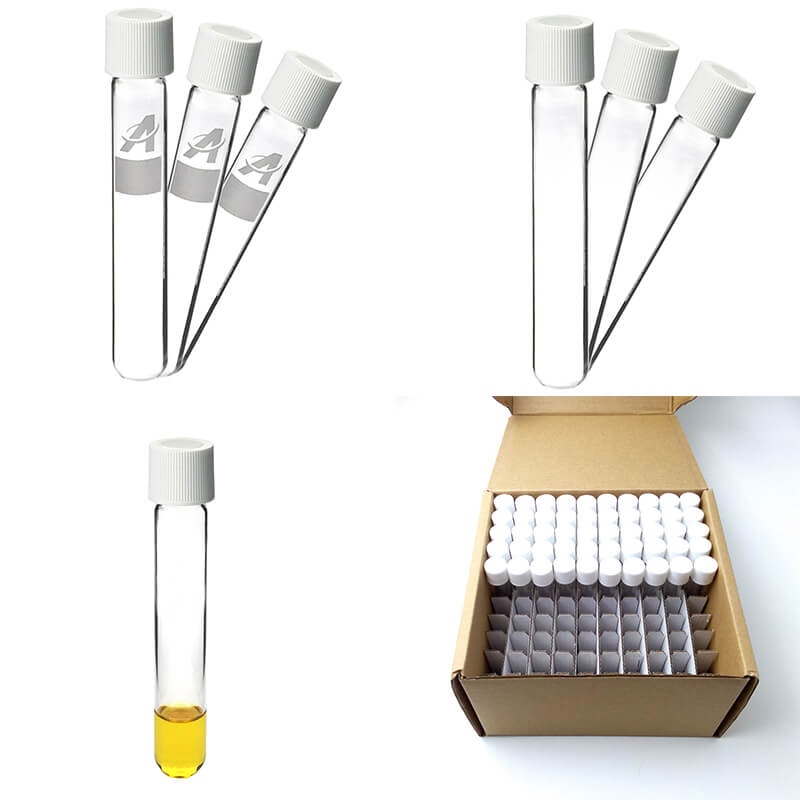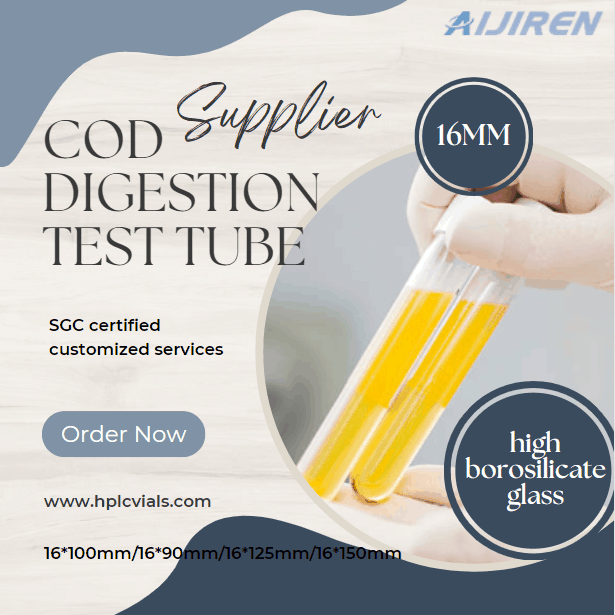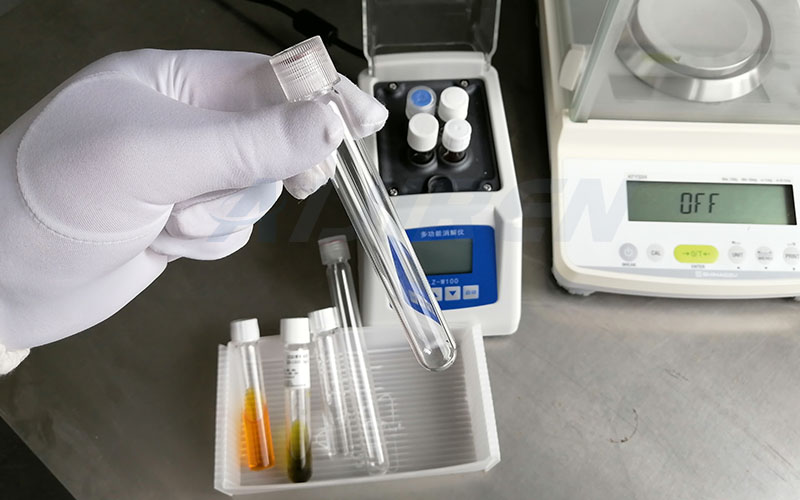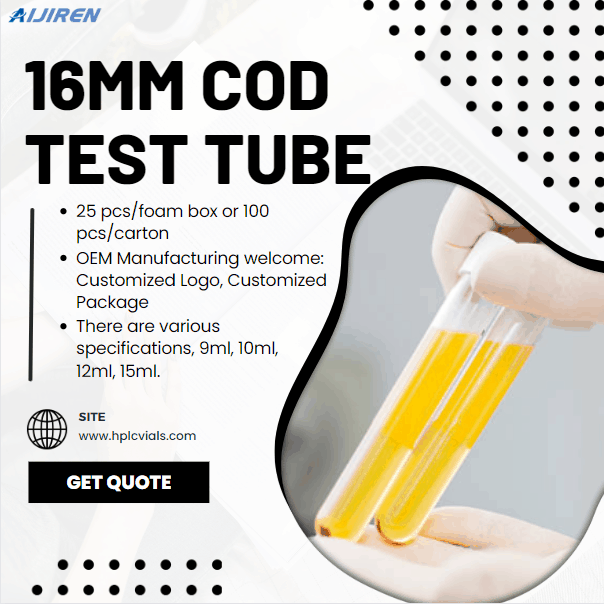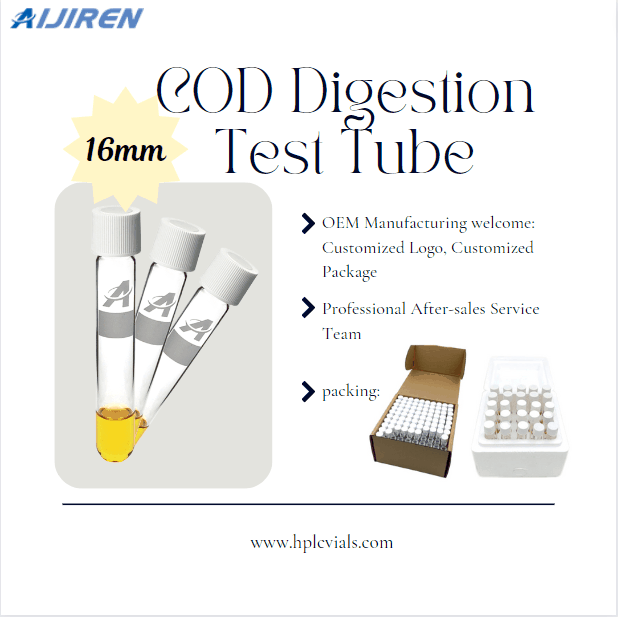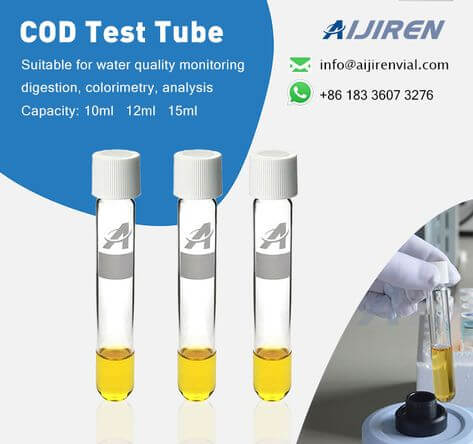Home » Products » How to Choose the Right Culture Tube for Your Lab Needs
How to Choose the Right Culture Tube for Your Lab Needs
1. Thread Design
One of the main considerations when selecting a culture tube is the design of the closure system. Many culture tubes feature a standard thread design, such as 13 mm or 16 mm threa...
Contact US
Get Price
Share:
Previous:
8-425 2ml Vial For HPLC GC
Content
1. Thread Design
One of the main considerations when selecting a culture tube is the design of the closure system. Many culture tubes feature a standard thread design, such as 13 mm or 16 mm threads. This design is compatible with a variety of screw caps, ensuring a secure seal that prevents sample contamination and evaporation. Plastic screw caps are particularly advantageous because they fit tightly and are easy to operate even under sterile conditions.
Benefits:
Secure seal: prevents contamination and sample loss.
Easy to use: simplifies operation and reduces the risk of spills.
Compatibility: works with standard laboratory equipment and closures.
2. Material Composition
The material of a culture tube has a significant impact on its performance and suitability for a specific application. The most common materials include:
Borosilicate Glass
Borosilicate glass is a popular choice for culture tubes due to its excellent properties:
Chemical stability: Borosilicate glass is highly resistant to chemical attack, making it suitable for storing a wide range of solvents and reagents without the risk of leaching contaminants.
Resistant to high temperatures: This glass can withstand high temperatures, making it ideal for sterilization processes such as autoclaving.
Resistant to thermal shock: Borosilicate glass can withstand sudden temperature changes without cracking or breaking.
These properties make borosilicate glass culture tubes particularly suitable for applications in microbiology, tissue culture, and other laboratory processes where chemical interactions must be minimized.
3. High transpare
Another important feature to consider is the transparency of the culture tube. High transparency allows researchers to easily observe the growth status of the culture without opening the tube. This feature is critical in microbiological applications where the risk of contamination must be minimized.
Benefits:
Visual monitoring: Ability to observe microbial growth or sediment formation in real time.
Reduced handling: Minimizes the need to open the tube for inspection, thereby maintaining sterility.
4. Capacity and size
Culture tubes come in a variety of sizes and capacities, typically ranging from 5 mL to 50 mL or more. When selecting a culture tube, consider the following factors:
Sample volume requirements: Make sure the capacity of the tube meets your experimental needs. For small-scale experiments or limited sample volume, a smaller tube may be sufficient.
Space considerations: Make sure the selected tube fits your existing laboratory equipment, such as racks or incubators.
Inquiry
More Test tube



